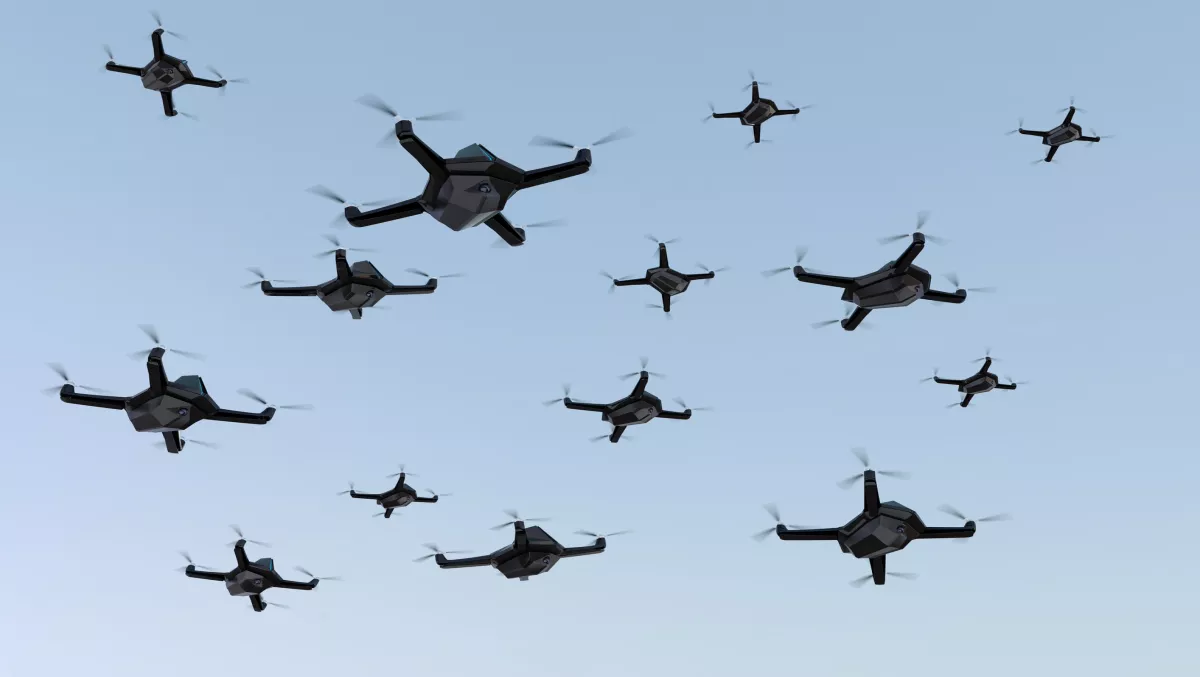
The mini-drone swarm is coming! MIT researchers crack the code to miniaturising UAVs
Engineers have been working on shrinking drone technology.
They have built flying prototypes that are the size of a bumblebee and loaded it with even tinier sensors and cameras.
Thus far, they have managed to miniaturise almost every part of a drone, except for the brains of the operation, the computer chip.
Computer chips for quad-copters and other similarly sized drones have an enormous amount of tasks to complete.
They have to process a huge amount of streaming data from cameras and sensors, then interpret that data on the fly to autonomously direct a drone's pitch, speed, and trajectory.
To do so, these computers use between 10 and 30 watts of power, supplied by batteries that would weigh down a much smaller, bee-sized drone.
MIT engineers have taken a first step in designing a computer chip that uses a fraction of the power of larger drone computers and is tailored for a drone as small as a bottle-cap.
The key aim of their work is to find a new approach for designing chip hardware and the algorithms that run on the chip.
Vivienne Sze, MIT associate professor says, "Traditionally, an algorithm is designed, and you throw it over to a hardware person to figure out how to map the algorithm to hardware.
"But we found by designing the hardware and algorithms together, we can achieve more substantial power savings.
The new chip processes streaming images at 20 frames per second and automatically carries out commands to adjust a drone's orientation in space.
The streamlined chip performs all these computations while using just below 2 watts of power, making it more efficient than current drone-embedded chips.
 Sertac Karaman, MIT associate professor says, "The team's design is the first step toward engineering the smallest intelligent drone that can fly on its own.
Sertac Karaman, MIT associate professor says, "The team's design is the first step toward engineering the smallest intelligent drone that can fly on its own.
"Imagine buying a bottle-cap-sized drone that can integrate with your phone, and you can take it out and fit it in your palm when you lift your hand up a little, it would sense that, and start to fly around and film you.
"Then you open your hand again and it would land on your palm, and you could upload that video to your phone and share instantly.
The current mini-drone prototypes are small enough to fit on a person's fingertip and are extremely light, requiring only 1 watt of power to lift off from the ground.
Their accompanying cameras and sensors use up an additional half a watt to operate.
Karaman continues, "We think we can get this down to just a few hundred milliwatts.
"With this platform, we can do all kinds of optimisations, which allows for tremendous power savings.
The possible applications for these mini-drones range well beyond just consumer products and they can potentially be used by emergency-response and military personnel as reconnaissance drones.


